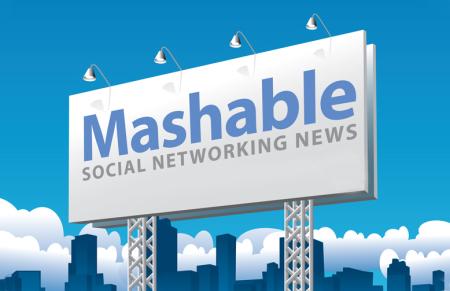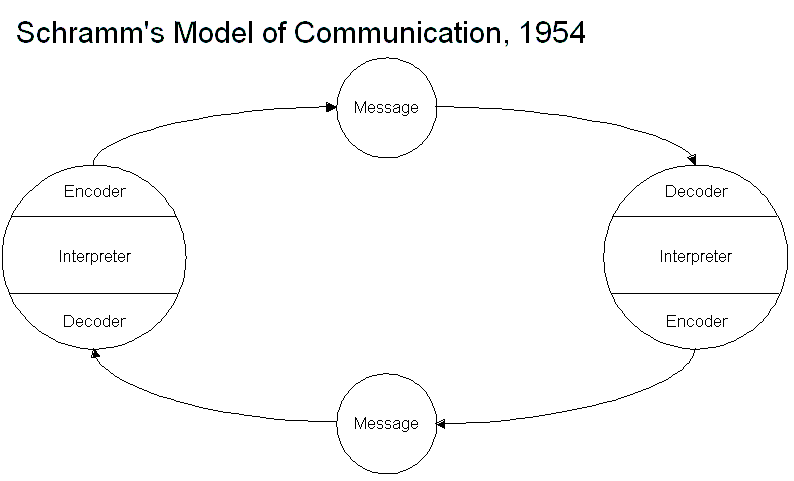I think it is easier for magazines to sell ads for the web than it is to sell ads for print media. It is much more “with the times.” Advertisers are beginning to focus solely on social media marketing and this is a great way to incorporate it.
 Additionally, not only can people read magazines on the web, but they can also purchase them for e-readers. What I specifically like about internet magazines is two things: (1) instant updates and (2) interaction with the author.
Additionally, not only can people read magazines on the web, but they can also purchase them for e-readers. What I specifically like about internet magazines is two things: (1) instant updates and (2) interaction with the author.I think that internet news magazines are especially important. The instant updates allow for people to learn the key events at a moment’s notice. They also allow for news to travel over the globe in a much faster manor.
Interaction with the writer is also very significant. When people need clarification or have something to add they can just comment. This, too, may be instant or moderated. Either way it does not take a week or a month to read someone’s initial reaction.
One of the disadvantages of moving towards a digital magazine is the more gossipy magazines have become more invasive of popular stars; therefore, the magazines are more dangerous. Paper magazines have less space/date to fill and they are, equivocally less persistent. It is a “safer” genre for stars.
Though there are both pros and cons about moving magazines to a digital arena, I personally think it is a good thing. I like that I can just sit at my computer and find what I need to find.
































